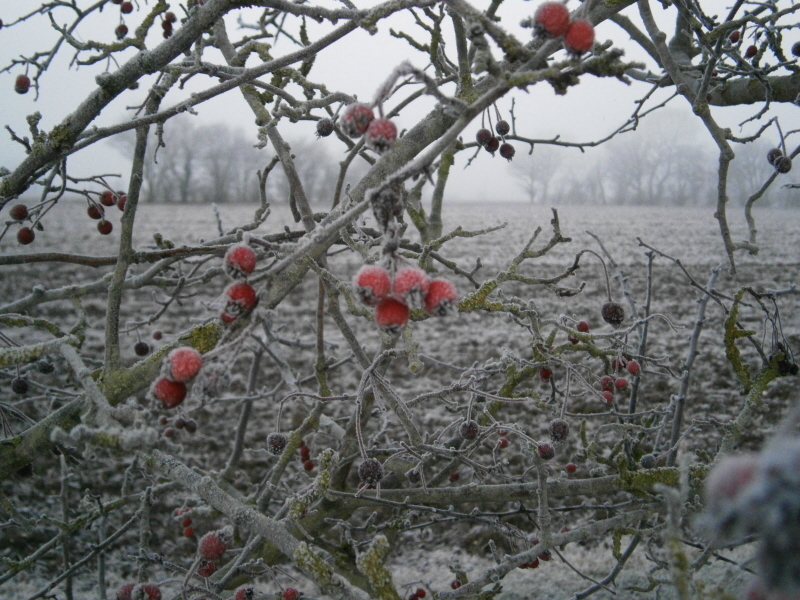
03 Mar The Hungry Gap
This is the ‘Hungry Gap’ – the end of winter…
… when last year’s food reserves are at their lowest but there is still little growth to provide new seeds, and insects have yet to emerge. Winter has stripped the countryside bare. The trees are shrivelled by cold winds and frost, branches snapped, last leaves tossed to the fields. February’s gales felled hedgerow trees, tumbled in a sprawl of ivy. Dried tufts of grasses are flattened by the wind, shrink wrapped against field edges.
The Hungry Gap was named by gardeners for this time of year when all that was left on the allotment were a few cabbages, potatoes and carrots. The winter diet was uninspiring and yet the new crops were only just being set and a long way from providing food. Now with global fruit and vegetables available all year round, we have almost forgotten the seasonality of food production.
Wildlife has to find food where it can. Many farmers provide wild bird cover in corners of fields, including a mix of seed rich species such as millet and sunflower. But by late winter even these seeds are running out. So feeding daily with small seeds such as canary seed, millet, linseed and quinoa can help birds until the Hungry Gap is over.
There is warmth in the sun when it appears and the longer days mean that birds are on the move. We are putting out seed regularly and last week the yellowhammers returned – only four this year unlike the fourteen in previous years. There are very few finches, no reed buntings and no great spotted woodpecker. But the intermittent spells of mild weather have encouraged birds to prepare for breeding with blackbirds occasionally joining the song thrush in a tentative dawn chorus. A flock of fieldfare and redwing passed through this morning and the first yellowhammer was singing in the green lane.
But spring is still a long way off.


